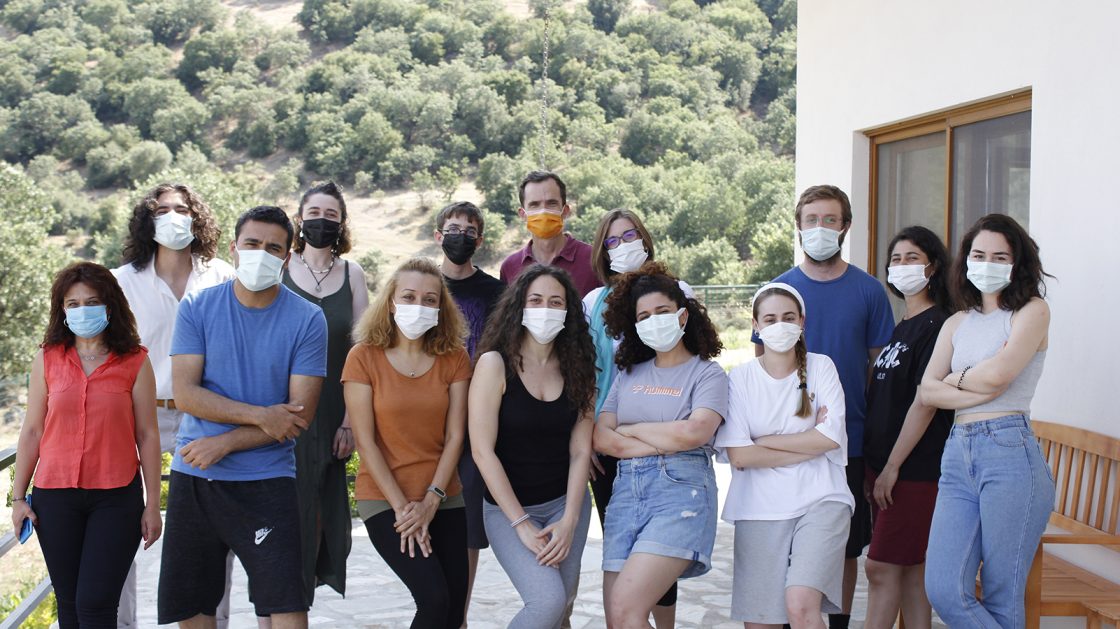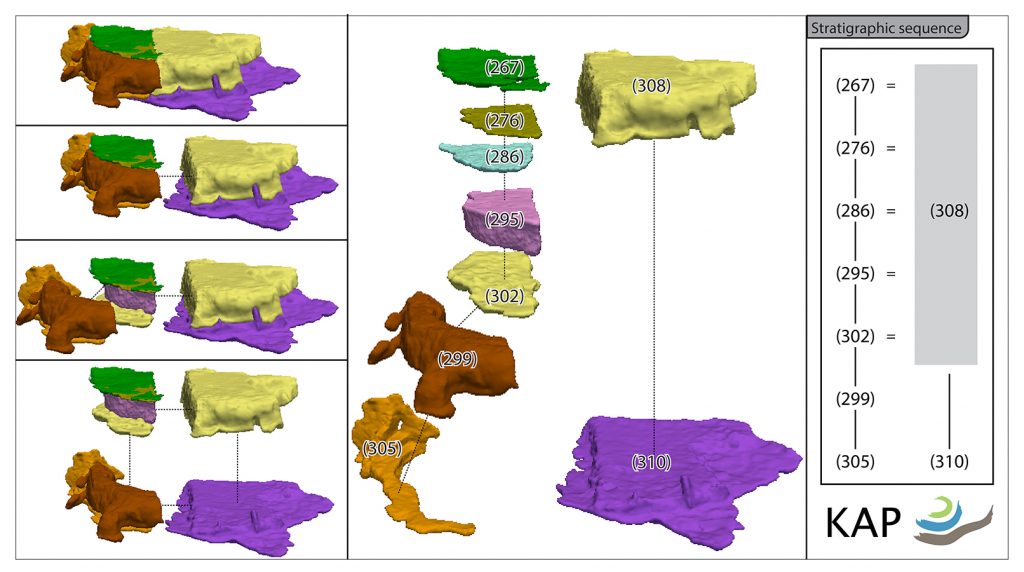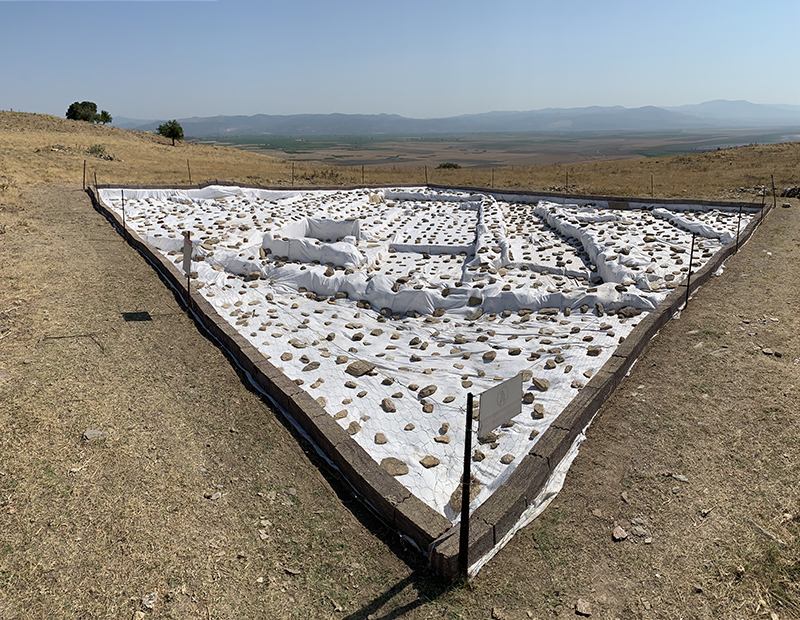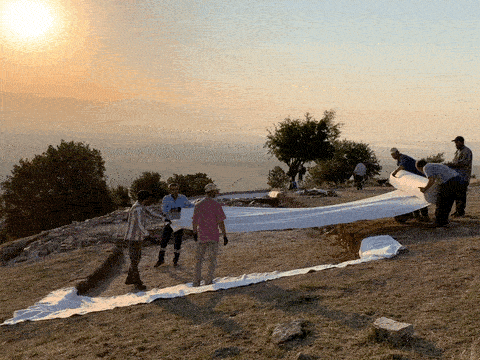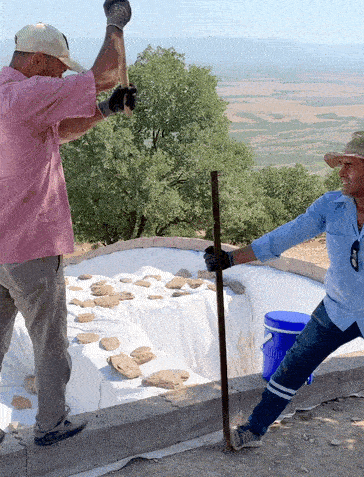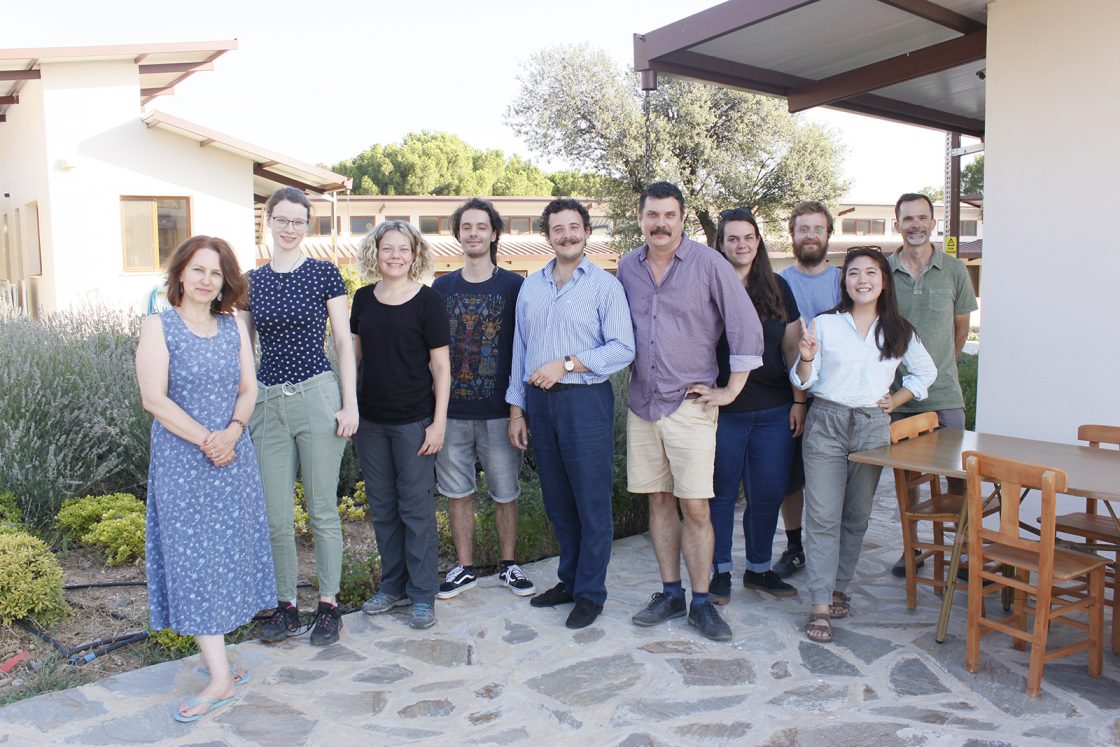Changing of the Guard
Gygaia Projects
We are just about to conclude the first part of the 2021 season. All team efforts so far have focused on supporting the ongoing excavations along the fortification wall and associated material processing, especially of ceramics, of which large quantities were recovered this year.
Ongoing COVID precautions mean that only a limited number of team members can live and work with us at one time this year. With the ongoing depot inventory work, as well as needed ceramic, lithic, ground stone, metal, environmental archaeological, and other analyses beginning, we will usher in almost entirely new group of specialists and students. In the meantime, we bid fond farewell and profuse thanks to those who worked with us until now!
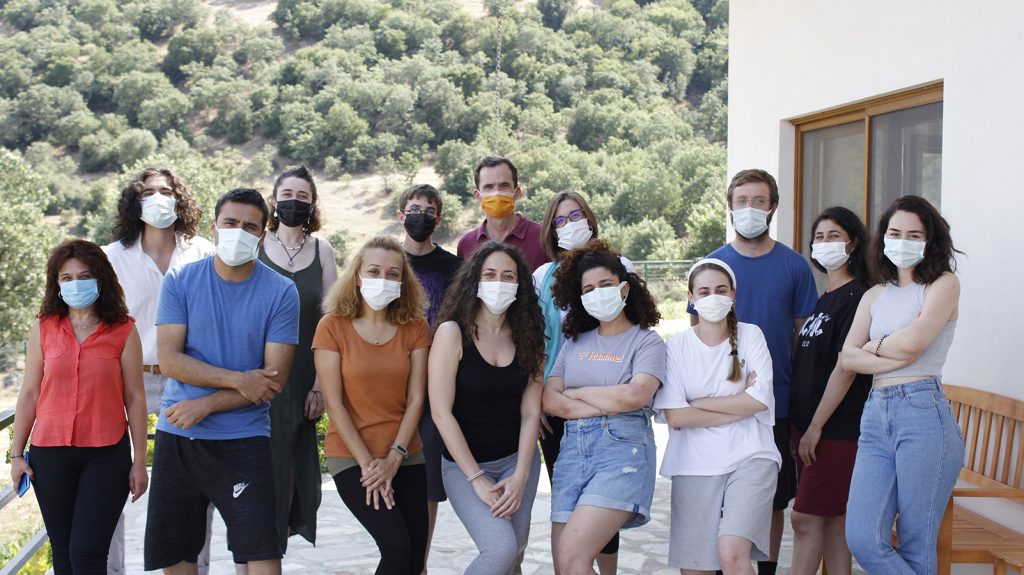
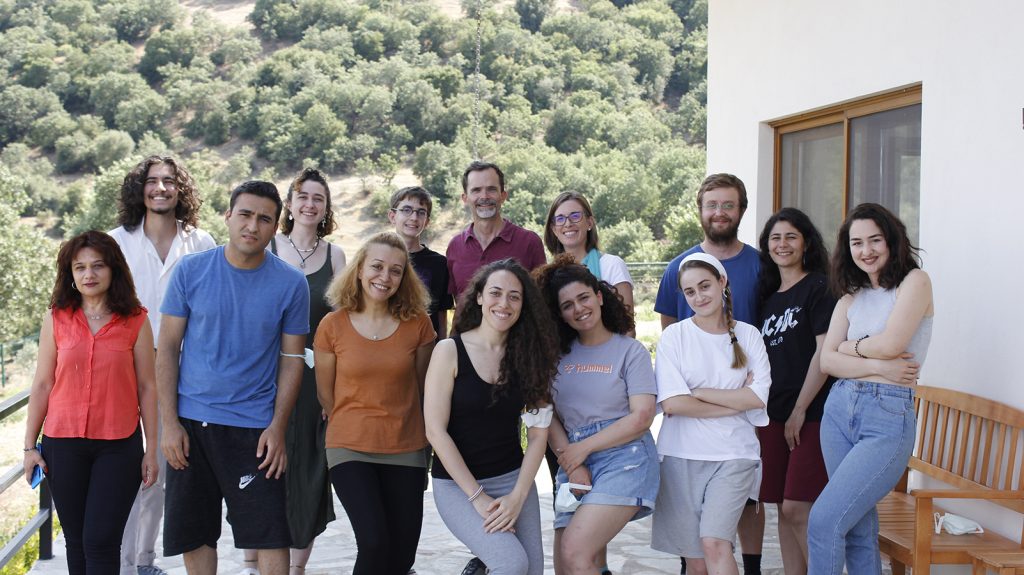
Look forward to more posts from Gygaia Projects soon!

